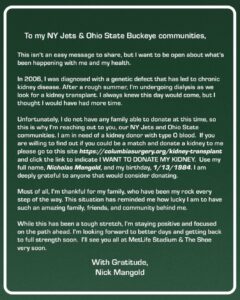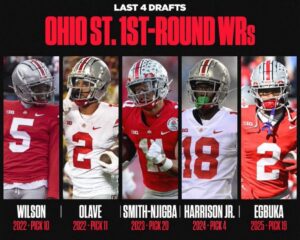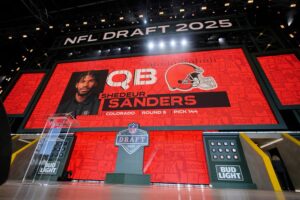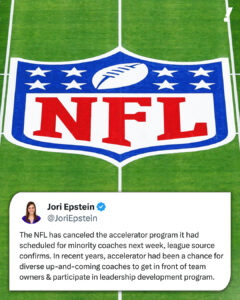CLEVELAND, OH — The Cleveland Browns have officially thrown their helmet into the ring in a bid to build a brand-new, domed stadium — and it’s already stirring a high-stakes fight for funding in the heart of Ohio.
The franchise recently confirmed it is exploring plans for a state-of-the-art, enclosed stadium that could cost upwards of $2 billion, aiming to transform not just game days but the entire downtown Cleveland experience. Browns ownership, led by Dee and Jimmy Haslam, envisions a multi-purpose facility that would host major concerts, Final Fours, and potentially even Super Bowls — putting Cleveland in competition with cities like Indianapolis, Detroit, and Minneapolis.
But with such an ambitious price tag comes a familiar debate: who foots the bill? The Browns are seeking a mix of private and public funding, which would include a significant ask from the state of Ohio. That’s where the plot thickens.
The Battle for the Buckeye State’s Wallet
Ohio’s other NFL powerhouse, the Cincinnati Bengals, isn’t taking the Browns’ push for funding lightly. With their own stadium lease nearing expiration in 2026 and looming renovation needs at Paycor Stadium, the Bengals are also eyeing public dollars to keep their franchise competitive — and to ensure Hamilton County isn’t left out in the cold.
State lawmakers and local officials now face a delicate balancing act. With finite state funds available for stadium projects, a new domed stadium in Cleveland could eat up a large chunk of Ohio’s infrastructure and development budget, leaving less on the table for Cincinnati or any other major urban projects.
Why a Dome — and Why Now?
The Browns currently play at Cleveland Browns Stadium (formerly FirstEnergy Stadium), an open-air venue on the Lake Erie shoreline that, while scenic, is exposed to some of the NFL’s harshest weather. The team’s leadership argues that a domed stadium would bring consistent year-round revenue and revitalize Cleveland’s lakefront, which has long been seen as an underutilized asset.
“We’re not just building for football,” said Browns owner Dee Haslam in a recent interview. “This is about creating a destination that serves Cleveland every day of the year.”
Political and Fan Reactions
The proposal has generated mixed reactions across the state. Many fans are excited by the potential to modernize Cleveland’s football home and bring high-profile events to the city. But others, including some Ohio lawmakers, are wary of spending taxpayer money on a stadium when there are pressing needs in education, housing, and infrastructure.
“There’s no doubt a new stadium would be an asset,” said State Senator Nickie Antonio (D-Lakewood). “But we need to make sure our priorities are in order and that public dollars are spent with accountability.”
The Bigger Picture
The Browns’ move is part of a broader trend across the NFL, where domed or retractable-roof stadiums have become the gold standard. These venues give teams greater flexibility and profitability, and cities gain the chance to host marquee events that require controlled environments.
Still, Ohio’s NFL future may come down to a game of political chess — one that pits two proud franchises, and their fanbases, against each other in the race for public investment.
As plans continue to unfold, one thing is clear: the Browns’ push for a dome has reignited the conversation around sports, civic identity, and how cities choose to invest in their futures.


































































































